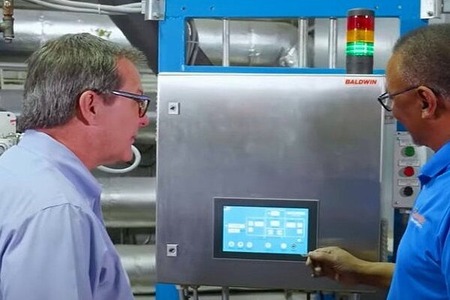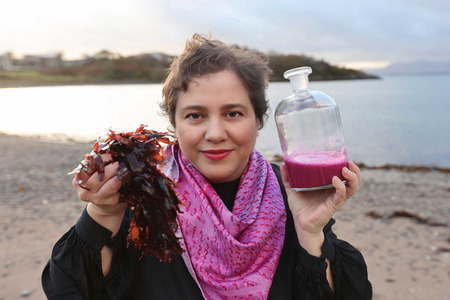
Has textile engendered a fifth of all water pollution?
YarnsandFibers News Bureau 2019-12-11 09:04:07 – NoneSome of the figures quoted to demonstrate the impact of fashion and textiles on the environment are so staggering that they beggar belief. But does the scientific evidence stack up behind the stats?
One of the most widely quoted statistics - from the 2017 Ellen MacArthur Foundation report, A new textiles economy: Redesigning fashion’s future, is that the textile industry is responsible for 20 per cent of the world’s water pollution.
But is it really? This number seems very high. Especially, when you consider other manufacturing industries that consume and release huge volumes of water such as the construction, beverage, meat, petrochemicals, agriculture and engineering sectors.
The Ellen MacArthur Foundation, seen as a credible and respected source, attributes this figure to a single academic paper published back in 2012 by a researcher from Panjab University, Chandigarh, India – who gave a general overview titled: Textile Dyeing Industry And Environmental Hazard.
This review paper was published in the open access journal Natural Science, 4, No: 1, 22 – 26 by the Chinese-based academic publisher Scientific Research and written by Rita Kant. On page 2, Kant noted: “The World Bank estimates that 17 – 20 per cent of industrial water pollution comes from textile dyeing and finishing treatment given to fabric.” This claim was not referenced anywhere else in the paper.
Given there were reasonable grounds for concern about the accuracy of the Ellen MacArthur Foundation claim that “around 20 per cent of all global water pollution results from the dyeing and finishing of textiles”, we contacted the World Bank directly.
After a week-long wait for the World Bank to complete a search of its archives and databases, we received a response.
A World Bank spokesperson told us: “One of the keys to tackling water pollution is accurate and comprehensive data to inform evidence-based decision making. The World Bank Group conducts rigorous research and analysis to help countries accelerate progress on water quality. The figure cited is not a World Bank statistic.”
An Ellen MacArthur Foundation spokesman told us: “The paper’s author attributed the figure to the World Bank, and it had been widely cited by others before the publication of A New Textiles Economy, including in the World Bank’s own 2014 report The Bangladesh Responsible Sourcing Initiative – a new model for green growth (page 13).”
We checked this report and noted that the relevant passage simply reads: “Some studies suggest that the treatment and dyeing of textiles is responsible for up to one fifth of industrial water pollution globally...”
Courtesy: Eco Textile News
Market Intelligence
Ask for free sample Report

experience
Customer Base
dedicated team
Countries Served Worldwide









